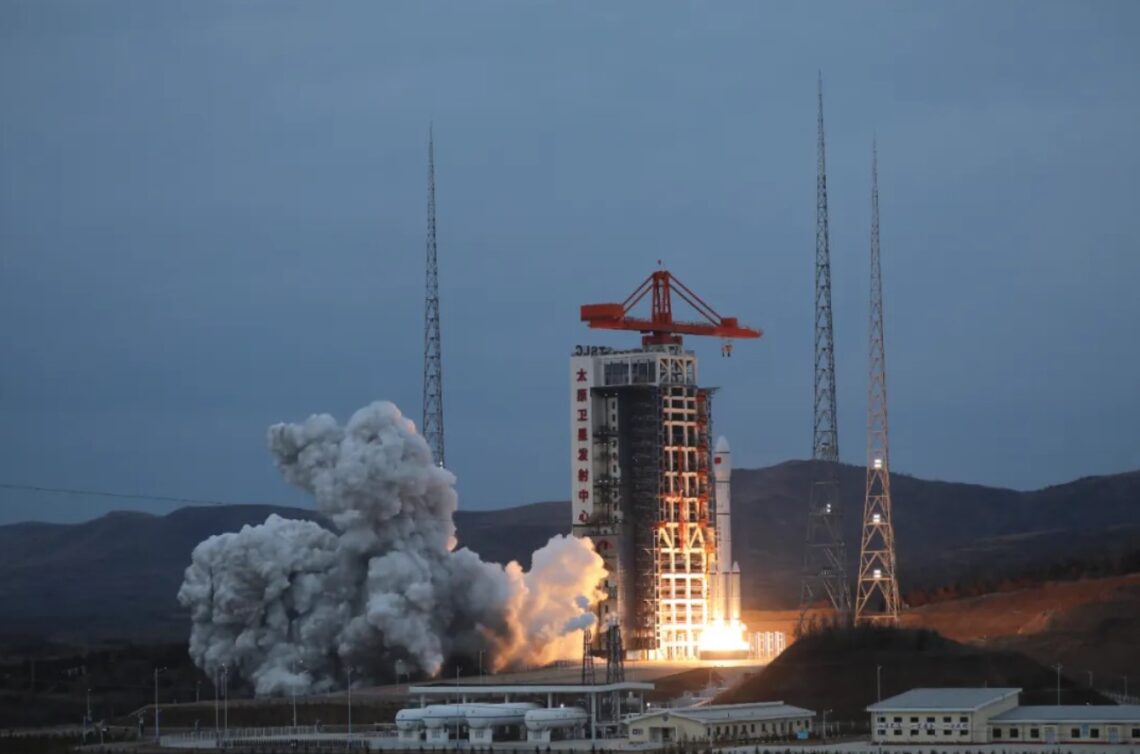HELSINKI — China added to its fleet of secretive meteorological satellites with the launch of Yunhai-3 (02) late Tuesday.
A Long March 6A rocket lifted off from Taiyuan Satellite Launch Center, north China, at 6:51 p.m. Eastern (2251 UTC), March 26 . The China Aerospace Science and Technology Corp. (CASC) later confirmed launch success, revealing the previously unstated payload to be Yunhai-3 (02).
The launch plans were initially revealed by airspace closure notices. Few details regarding the satellite have been made available.
China’s space authorities and state media describe the satellite briefly as for atmospheric and marine environment surveys, space environment monitoring, disaster prevention and reduction and scientific experiments.
The Yunhai series are, however, assessed to be military meteorological satellites by some Western analysts. These are believed to include Global Navigation Satellite System Radio Occultation (GNSS-RO) satellites to collect atmospheric data. China also operates civilian Fengyun meteorological satellites.
The first Yunhai-3 satellite, launched in November 2022 on an earlier Long March 6A, is cataloged by the U.S. Space Force’s 18th Space Defense Squadron (SDS) in a near-polar, near circular 849-kilometer-altitude orbit.
That first Yunhai-3 launch saw the breakup of the Long March 6A’s upper stage. Nine of 37 pieces of debris tracked by 18 SDS from the event remain in orbit.
New Long March rockets
Tuesday’s mission was the fifth launch of the Long March 6A, lifting off from a specifically constructed launch pad at Taiyuan spaceport. The 50-meter-long, 530-metric-ton rocket features two kerosene-liquid oxygen stages and four solid propellant side boosters. It is the first Chinese rocket to use a combination of liquid and solid stages and boosters.
The Shanghai Academy of Spaceflight Technology (SAST), the rocket’s manufacturer and subordinate to China’s main space contractor,…
Read the full article here

